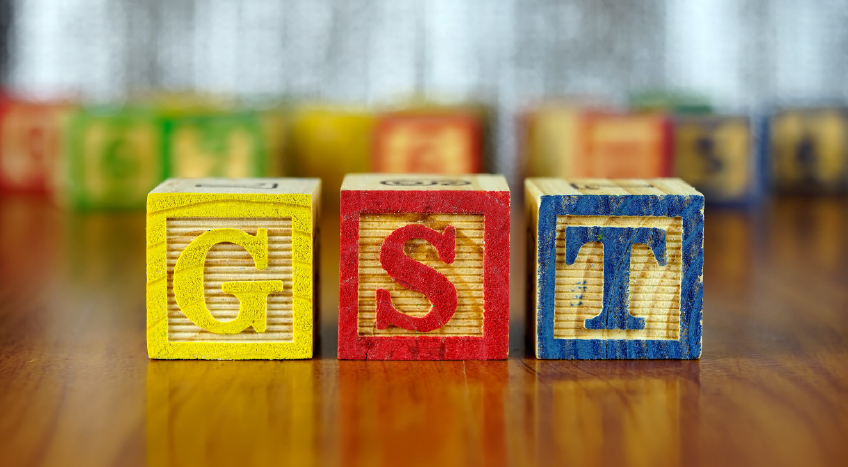Tally Solutions |Updated on: December 17, 2021
At the 23rd GST Council meeting, the turnover limit for the GST composition scheme was recommended to be increased from INR 50 lakhs to INR 75 lakhs for Special Category States and for rest of India, it was increased from INR 1 Crore to INR 1.5 Crore. In light of this development, it is important to understand the impact of these changes – both on those who have been under composition in the previous regime and will continue to remain so under GST; and especially those, who were looking to getting registered, but now have an option to take the GST composition scheme, due to the increase of the composition scheme threshold limit.
Composition Scheme Merits
In the previous regime, the exit threshold for composition scheme across most states was INR 50 lakhs. Under GST, this limit, although initially kept at INR 50 lakhs has now been increased to INR 75 lakhs for Special Category States, and INR 1.5 Crore for rest of India. One of the biggest composition scheme merits is, that this will enable more number of SMEs eligible to take the benefit of the GST composition scheme.
Lower rate of tax
Compared to dealers, who are liable to register, a composite dealer will enjoy the main composition scheme merit of paying a comparatively lower rate of tax. The rate of tax has been fixed at – 1% for manufacturers and traders and 5% for small restaurants – engaged in supplies of food and drinks for human consumption.
Lesser compliance activity
Compared to registered dealers, a composite dealer will be spared the brunt of 3 monthly returns – rather he will be required to file 1 quarterly return, every 3 months and 1 annual return. This will surely save a lot of time for a composite dealer, allowing him to focus on core business activities which are crucial to keep him afloat in the market.
GST Composition Scheme Demerits
Restrictions on nature of goods & services
A composite dealer cannot be engaged in the manufacture of certain notified goods, which would be specified by the Government and the GST Council. While we await more clarity on the aspect of goods, the restrictions regarding the GST composition scheme for services is pretty clear – a composite tax payer cannot be engaged in any service other than the supply of food and drinks for human consumption. Also, a composite tax payer cannot supply goods outside the ambit of GST.
Restrictions on mode of trade
A composite dealer, as per the GST law, cannot engage in trade on e-commerce platforms and also, cannot engage in interstate outward supplies of goods or services. In other words, SMEs engaged in e-commerce and interstate supplies, will not have the option to enjoy the GST composition scheme, irrespective of turnover.
No selective composition scheme
In the previous registration system, there was a standard practice of multiple business verticals and establishments with multiple registrations – which allowed the possibility of the composition scheme being availed for selected businesses. But under GST, registration will be PAN based. Most importantly, GST composition scheme will be applicable for all business verticals – within state or interstate – registered with the same PAN. Thus, an SME may have different business verticals that too, spread across several states – but will not be able to select specific verticals and/or branches for GST composition scheme. What it also means is – a registered person with a single PAN of operations in multiple states, has to either opt for the GST composition scheme for all businesses across the country, or opt for regular dealership.
No tax collection and no ITC
A composite dealer does not have to collect tax on his outwards supplies of good or services. But, most importantly, the composite tax payer is not eligible to claim input tax credit on all his inward supply of goods and / or services – even if he makes a taxable purchase from a regular taxable dealer. As a result, the taxable amount gets added to the cost of the composite dealer, ultimately increasing the cost for his customers. This is bound to take a toll on his competitiveness, in comparison to regular dealers.
More depth in compliance
In the current composition scheme, a composite dealer has to declare only the aggregate turnover of sales; he is not required to declare invoice wise details. In GST however, the composite tax payer will need to file GST composition returns with the invoice wise details of inward supplies (which is auto-populated based on Form GSTR-1 filed by his supplier) along with the aggregate turnover of outward supplies. Thus, this will require an SME under the GST composition scheme to maintain his accounting and transaction records properly.
Know more about GST Composition Scheme
GST Composition Scheme, GST Composition Scheme Rules, GST Composite Supply, Mixed Supply & Composite Supply under GST, Composite Dealer under GST, Composition Scheme for Services, Composition Scheme Tax Rates, How to Switch to Composition Scheme
GST
GST Software, GST Calculator, GST on Freight, GST Impact on TCS, GST Impact on TDS, GST Exempted Goods & Services, Reverse Charge Mechanism in GST, GST Declaration
GST Rates & Charges
GST Rates, HSN Codes, SAC Codes, GST State Codes
GST Returns
GST Returns, Types of GST Returns, New GST Returns & Forms, Sahaj GST Returns, Sugam GST Returns
Latest Blogs

Nuts & Bolts of Tally Filesystem: RangeTree

A Comprehensive Guide to UDYAM Payment Rules

UDYAM MSME Registration: Financial Boon for Small Businesses

Understanding UDYAM Registration: A Comprehensive Guide

MSME Payment Rule Changes from 1st April 2024: A Quick Guide

Are Your Suppliers Registered Under MSME (UDYAM)?


